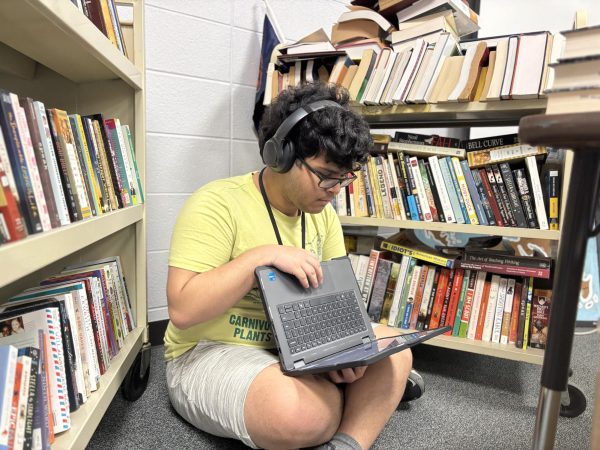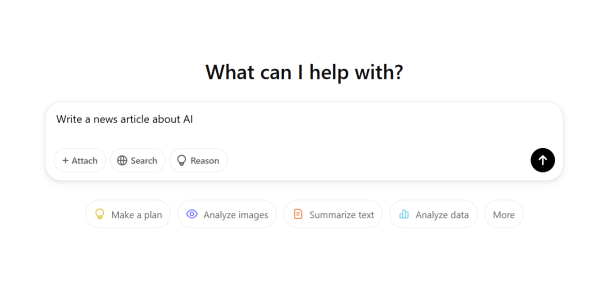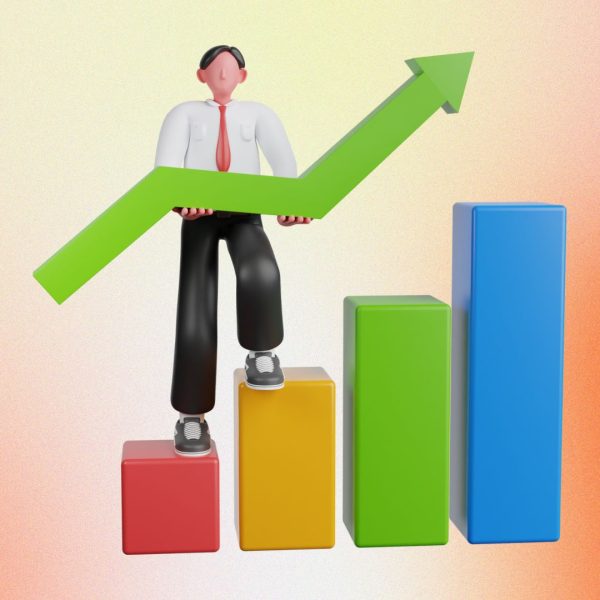A Future in Color: Students for the Climate
Had the world been a painting this past summer, it would have been drenched in red: a deep burgundy for the heat wave that swept across the Northern Hemisphere, a red orange for the wildfires that followed, and every shade in between for the heartbreaking deaths brought on by both. This drastic coloring is the trademark of climate change and, if not addressed, threatens to worsen in the years to come.
For students, the reality of climate change is undeniable; it will shape the state of the world for the remainder of this century and beyond. However, the youth of society can be more than passive spectators to the escalation of climate change; they can change the trajectory the world takes now, and in turn, the future they are set to inherit. Students have power in the fight against climate change.
There exists a broad spectrum of personal efforts individuals can make in the fight against climate change, from reducing waste to eating less meat to taking shorter showers. But in addition to these, everyone has the ability to make a distinct contribution to the fight against climate change. As Dr. Ayana Elizabeth Johnson proposed, climate action that is uniquely influential lies at the intersection of an individual’s sources of satisfaction and delight, skills and resources, and climate solutions, be it incorporating climate change into science projects or making art about climate change. Across the broad spectrum of action to be taken, every individual can make an impact, in a way that not only drives progress but is personally meaningful and actionable.
Additionally, as a generation thriving in an interconnected world, students can bring climate change to the global stage through social media or other digital platforms, spaces shared with the leaders that shape national and global climate action. Speak out about coral reef bleaching, rising sea levels, or about marine pollution. Tweet about food waste or make a TikTok calling attention to the way natural disasters are impacting communities. Key to the power of students is their voice, a digital force that can reach millions.
The next step for students, building on individual efforts, is contributing to larger efforts in the fight against climate change; the global climate movement, driven by the work of youth activists, is a testament to the power students have collectively. Fridays for Future, a movement started by student activist Greta Thunberg in 2018, gained international traction and sparked protests again government inaction on climate change around the world and the Sunrise Movement helped pass the Green New Deal in Congress, a congressional resolution laying out a framework to tackle climate change. Both movements, along with many others, offer information and resources for getting involved or simply being informed online.
As individuals and with others, students can help fight against climate change. Though personal efforts may be limited in their overall impact, the start of each one has an amplifying effect; choosing the vegetarian option for lunch will not single-handedly stop global temperature rise but reducing the amount of global greenhouse gas emissions produced by livestock will slow it. Global progress can only begin when individuals take a single step on the journey of a thousand miles, towards a sustainable future for this generation, and a habitable planet for all the generations to come. One day, the individual who started out on their journey as a sole traveler will find that they have led a thousand others to the future that they only dared to walk in the footsteps of another.
This path begins with students playing an active role in fighting climate change, by identifying and taking actions to make their contribution. In doing so, students become the artist in the painting of the years to come; students claim the power to make a future in every color.

Hi there! My name is Karen and I’m a senior this year. I am so excited to be back for another year on the RoundUp! I’m passionate about topics like...











